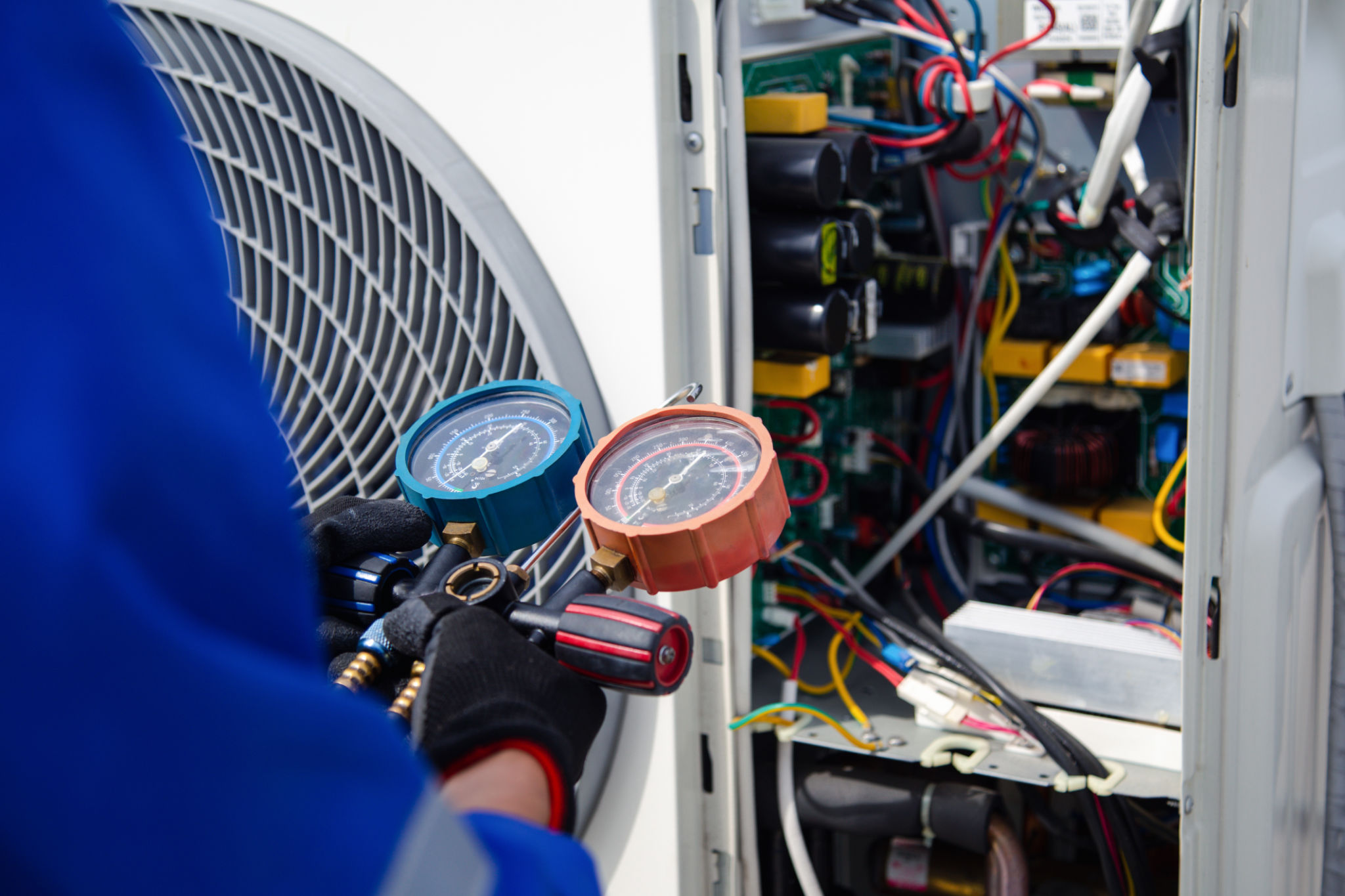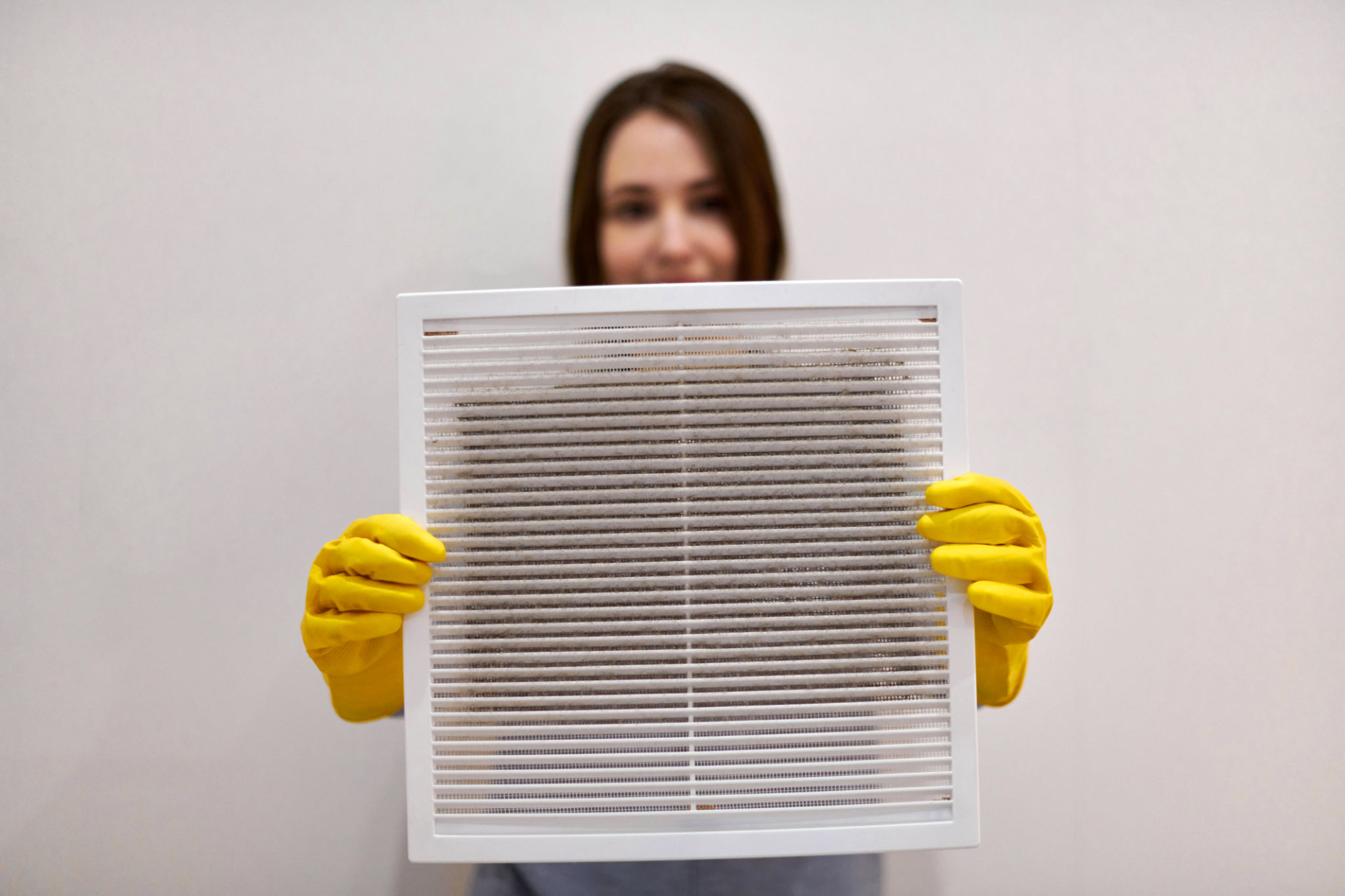DIY AC Troubleshooting: Quick Fixes Before Calling a Pro
Understanding Common AC Issues
As temperatures rise, a malfunctioning air conditioner can be a homeowner's worst nightmare. Before you pick up the phone to call a professional, there are a few quick fixes you can try yourself. Understanding common AC issues can save you time and money, ensuring that your home stays cool and comfortable.
One of the most frequent problems is the AC not cooling effectively. This can be due to several reasons such as a dirty air filter, incorrect thermostat settings, or blocked vents. Addressing these basic issues can often restore your AC's efficiency without the need for a professional.

Check the Thermostat
Your thermostat is the control center of your air conditioning system. If your AC is blowing warm air or not functioning at all, the first step is to check the thermostat settings. Ensure that it is set to "cool" mode and that the temperature is set lower than the current room temperature.
If your thermostat is battery-operated, a simple battery replacement might solve the issue. Additionally, make sure that the device is not exposed to direct sunlight or other heat sources, as this can cause it to give false readings.
Inspect and Replace Air Filters
Dirty or clogged air filters are a common culprit behind inefficient AC performance. Over time, dust and debris accumulate on filters, restricting airflow and reducing cooling efficiency. Checking your air filter should be a part of regular maintenance.
Remove the filter and hold it up to a light source. If you can't see through it, it's time for a replacement. Regularly changing filters every 1-3 months can improve air quality and energy efficiency.

Clear Blocked Vents
Blocked vents can lead to uneven cooling and increased energy consumption. Ensure that all vents are open and free from obstructions such as furniture, curtains, or rugs. This allows for proper airflow throughout your home.
Walk around your home and check each vent to ensure they are fully open and clean. Vacuuming vents periodically can also help maintain good airflow and prevent dust buildup.
Examine the Circuit Breaker
If your AC is not turning on at all, the issue might be with your circuit breaker. Sometimes, an overloaded circuit can cause the breaker to trip, cutting off power to your AC unit.
Locate your electrical panel and check for any tripped breakers. If you find one, switch it off and then back on to reset it. If the breaker continues to trip, it might indicate a more serious electrical issue that requires professional attention.

Check Outside Unit
Your AC's outdoor unit can also experience issues, especially if it's exposed to harsh weather conditions or debris. Inspect the unit for any visible signs of damage or obstruction.
Make sure there is at least two feet of clearance around the unit for adequate airflow. Remove any leaves, dirt, or debris that might be covering it. A gentle rinse with a hose can help clean off dirt and improve performance.
When to Call a Professional
If you've tried all these troubleshooting steps and your AC still isn't working correctly, it may be time to call in a professional. Issues such as refrigerant leaks, faulty wiring, or compressor problems are best handled by trained technicians.
Remember that regular maintenance by professionals can prevent many of these issues from occurring in the first place. Scheduling annual check-ups can help extend the life of your AC system and ensure it runs efficiently throughout the summer months.
